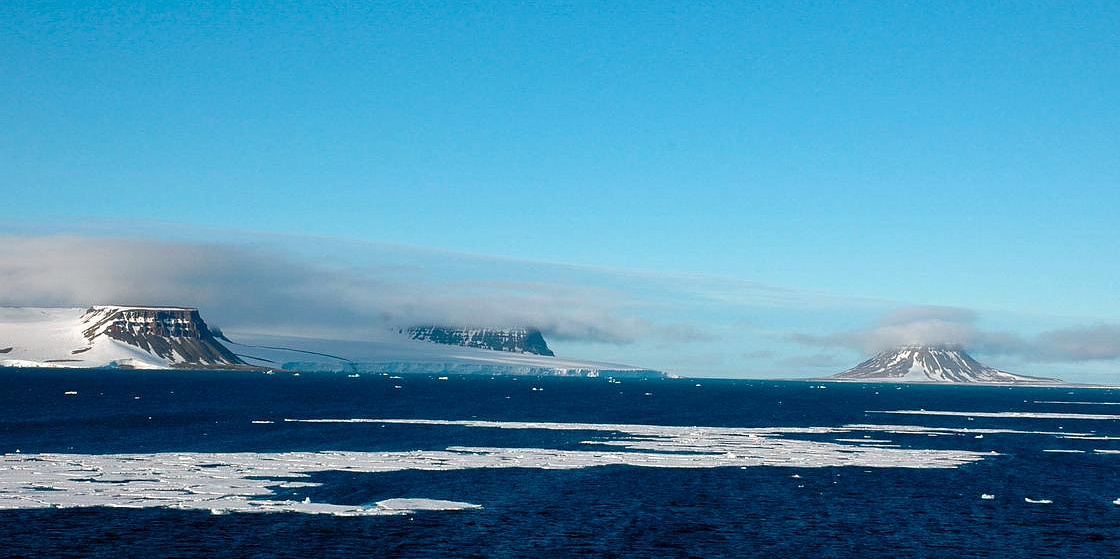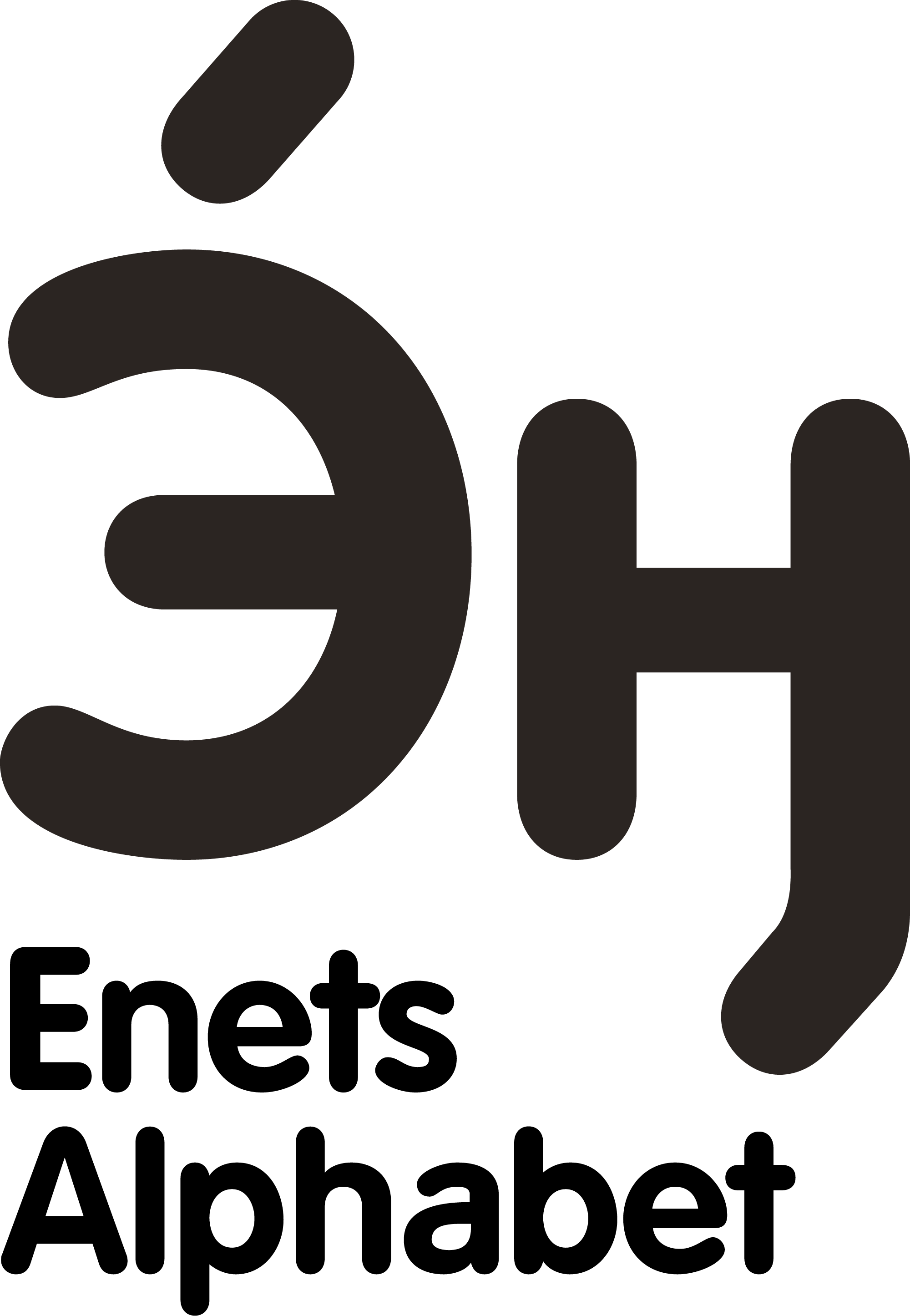
Photo: Nikitin Yaroslav/GeoPhoto.ru
A Perspective for the NSR
Rosatom, Russia’s national nuclear power company responsible for operating the Northern Sea Route (NSR), made public its plans regarding further development of the NSR.
For instance, Rosatom expects that by 2024, Russian ports in the Arctic will be able to handle about 83 million metric tons of cargo per year, while the total freight carried via the NSR will amount to 80 million tons. In turn, by 2030, the capacity of Russian Arctic ports is expected to further increase to 115 million tons per year, with the NSR cargo traffic amounting to 150 million tons.
This will be made possible not only by increasing the exports (such as crude oil, LNG and metals mined in the Russian Arctic), but also through launching an international transit lane at the NSR. Rosatom believes the new route has the potential to move about 30 million tons of container cargo on a yearly basis by 2030. The new lane is regarded as a shorter and cheaper alternative to the Cape of Good Hope and Suez Canal routes.
A new icebreaker fleet will help these plans come into fruition, Rosatom believes. By 2030, most of the existing nuclear-powered icebreakers are to be replaced by new ones, namely five Arctica class icebreakers and at least one Leader class icebreaker, with one more Leader icebreaker joining the fleet by 2035. In addition, Rosatom intends to build some four LNG-powered icebreakers that are expected to handle the thinner ice of Russia’s polar rivers and coastal waters.
For instance, Rosatom expects that by 2024, Russian ports in the Arctic will be able to handle about 83 million metric tons of cargo per year, while the total freight carried via the NSR will amount to 80 million tons. In turn, by 2030, the capacity of Russian Arctic ports is expected to further increase to 115 million tons per year, with the NSR cargo traffic amounting to 150 million tons.
This will be made possible not only by increasing the exports (such as crude oil, LNG and metals mined in the Russian Arctic), but also through launching an international transit lane at the NSR. Rosatom believes the new route has the potential to move about 30 million tons of container cargo on a yearly basis by 2030. The new lane is regarded as a shorter and cheaper alternative to the Cape of Good Hope and Suez Canal routes.
A new icebreaker fleet will help these plans come into fruition, Rosatom believes. By 2030, most of the existing nuclear-powered icebreakers are to be replaced by new ones, namely five Arctica class icebreakers and at least one Leader class icebreaker, with one more Leader icebreaker joining the fleet by 2035. In addition, Rosatom intends to build some four LNG-powered icebreakers that are expected to handle the thinner ice of Russia’s polar rivers and coastal waters.
26 July 2021




